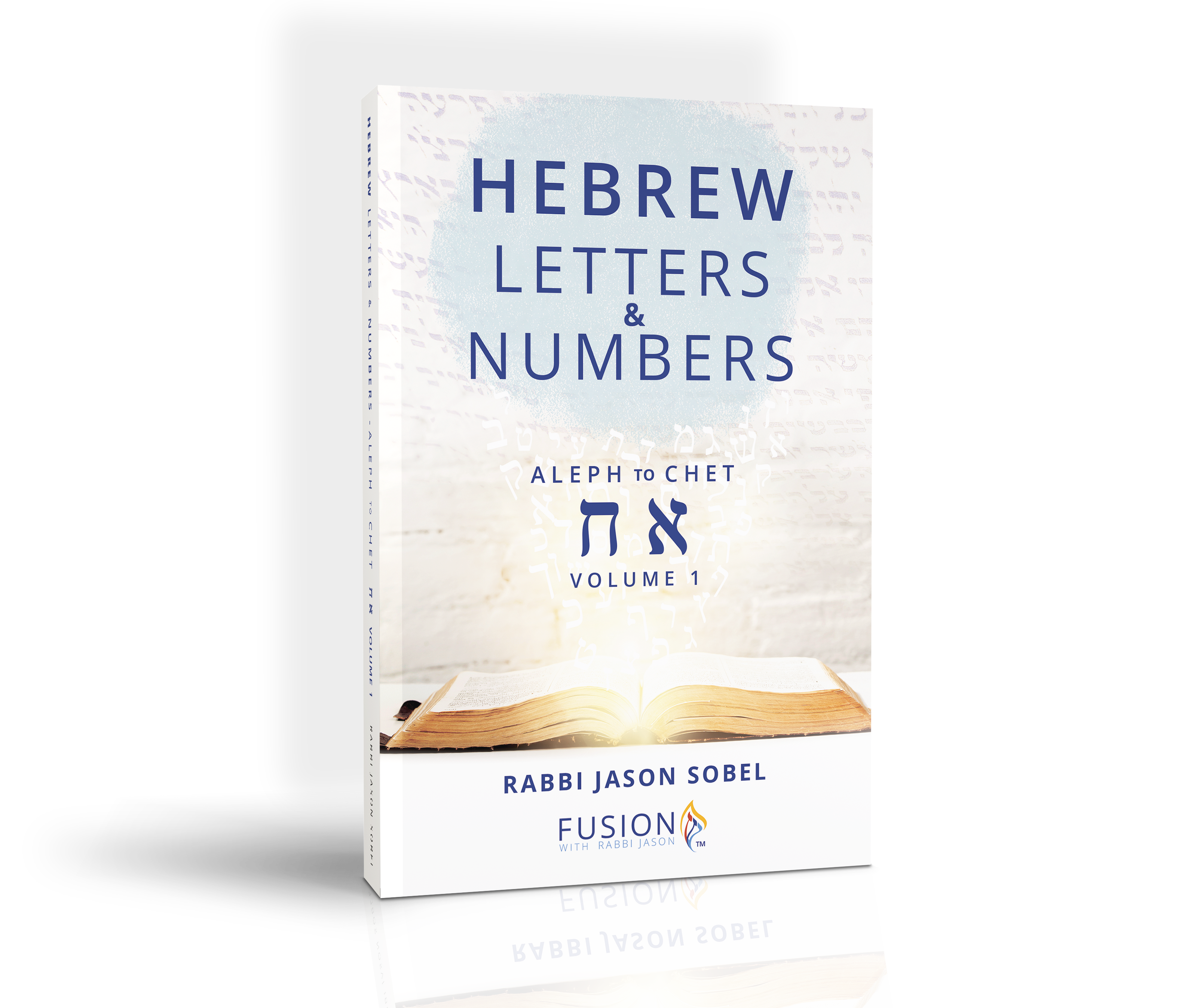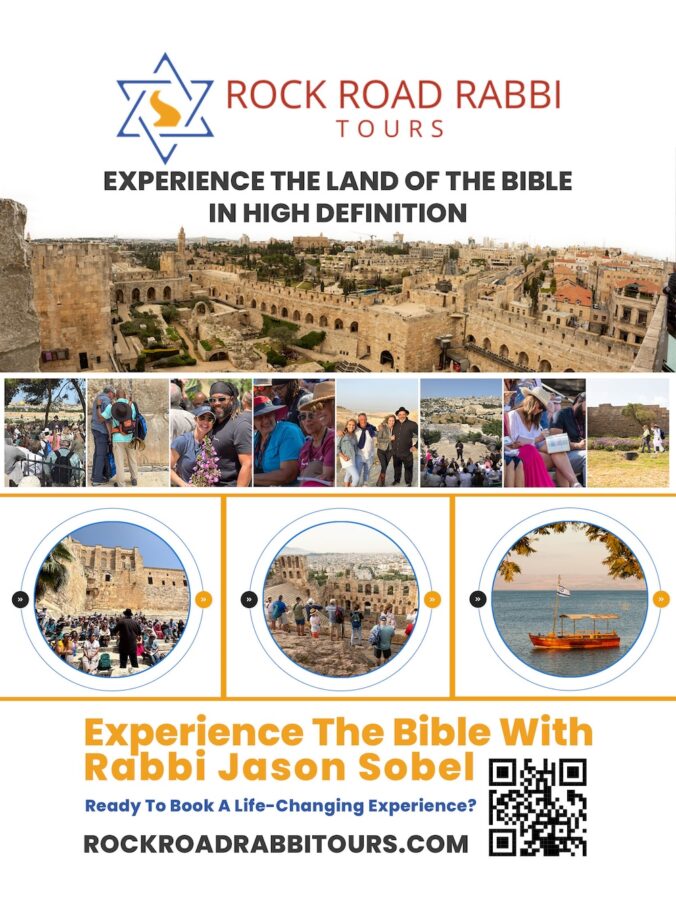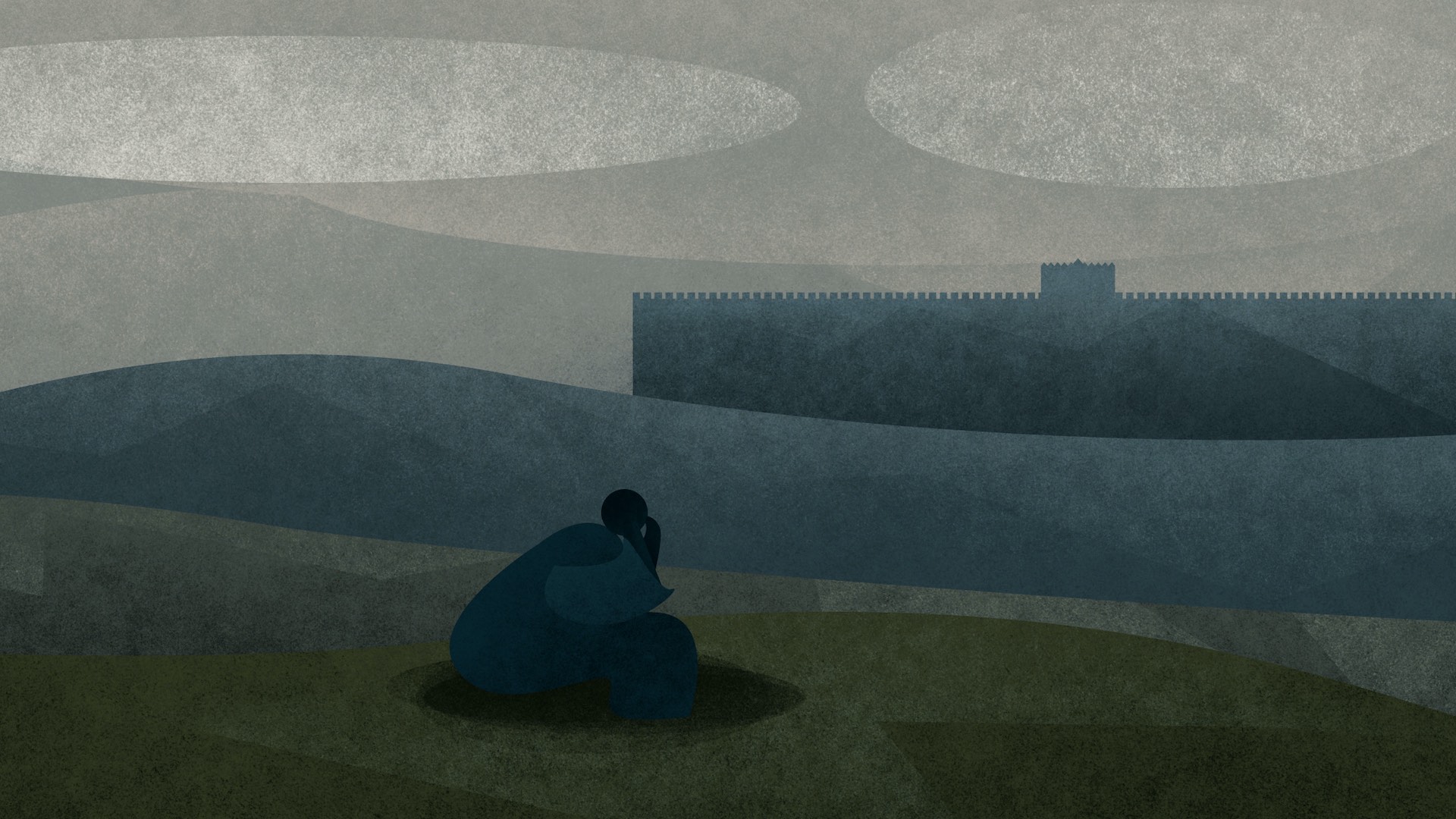
What is the saddest day in Jewish History?
The most solemn day on the Jewish calendar is Tisha B’Av—the ninth day of Av. It is a time for mourning as a community. On (or around) this day throughout history, many calamities have befallen the Jewish people. Consider some of these dark episodes…
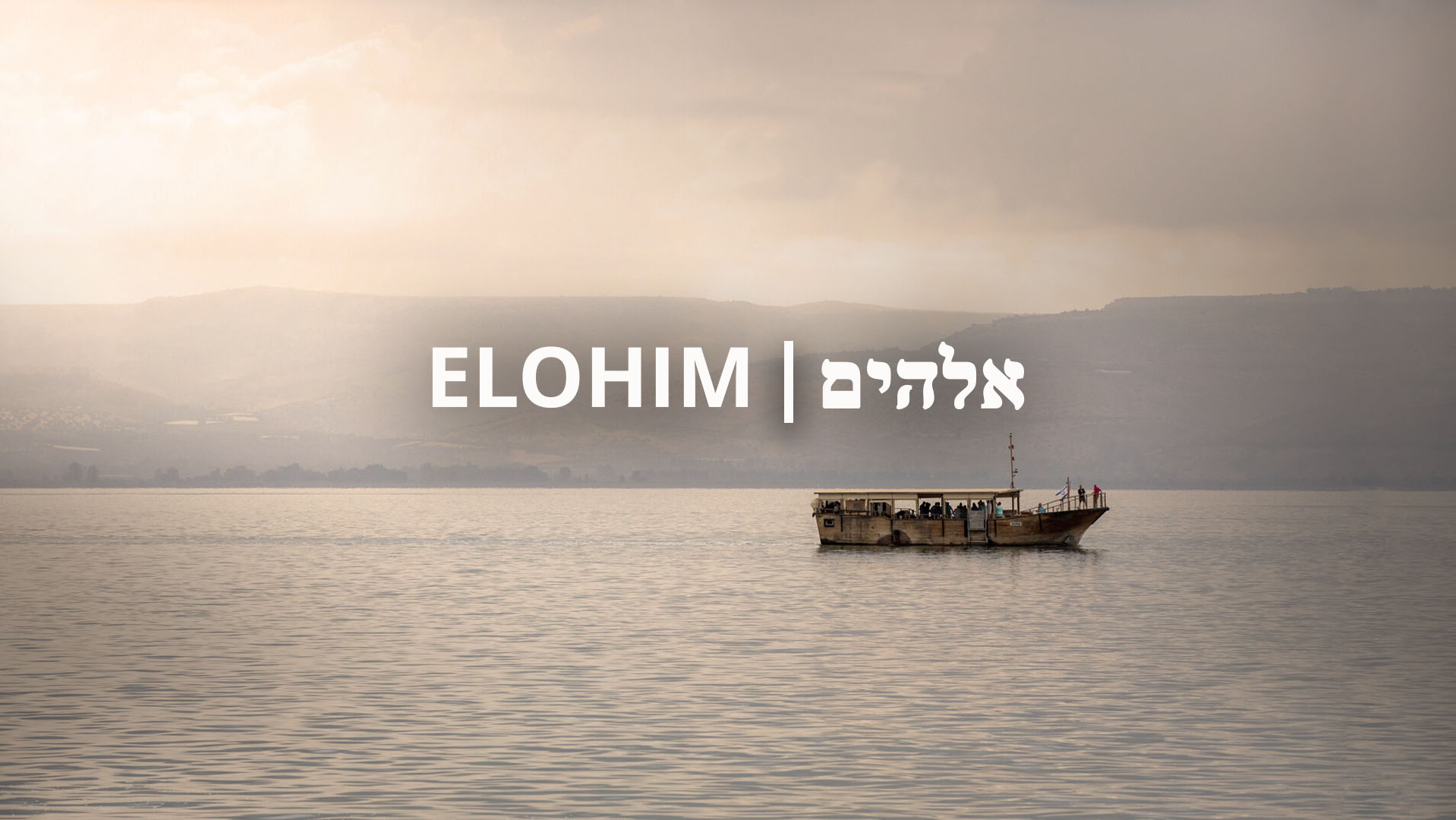
It’s fascinating to consider the possibility that Elohim in verse one lays the foundation for the Ruach Elohim in verse two and the creational Word God spoke in verse three. The “God” of creation cannot be known apart from the Spirit of Creation, the One identified in the Nicene Creed as “the Lord, the giver of life.” And, of course, the breath (or spirit/ruach) of God is expressed in speech: “Let there be.” Hence the opening of John’s Gospel recapitulates the opening of Genesis: “In the beginning was the Word. The Word was with God, and the Word was God. He was with God in the beginning” (John 1:1-2).
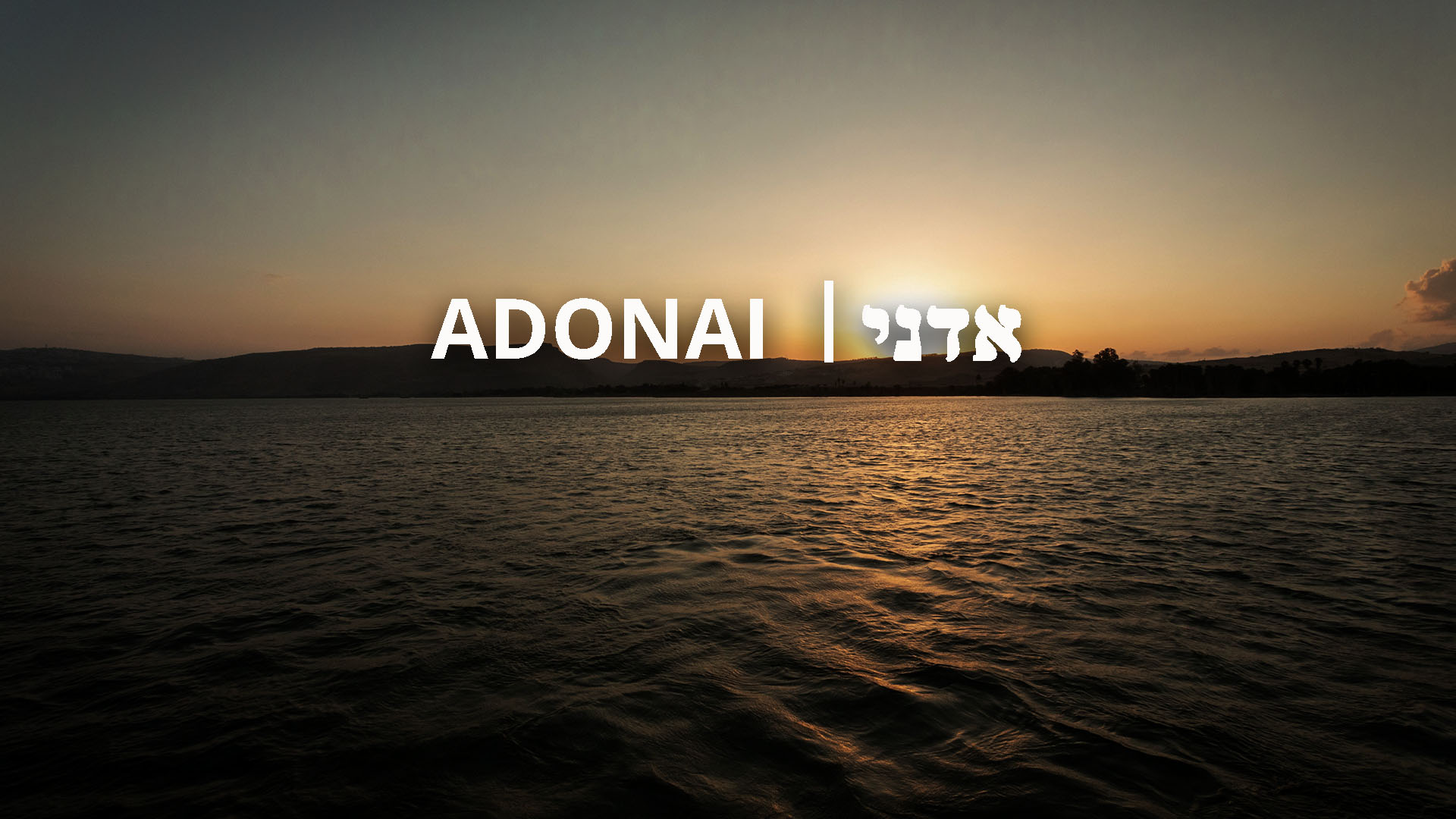
Appearing more than 400 times in the Hebrew Bible, Adonai is one of the most prolific names of God. Yeshua’s life was the extension of God’s Kingdom into this world. He now continues that through our life together as His Body. As Scripture stated, we are presently seated with Him in heavenly places, with access to all that authority through Him. We are able then to not just meditate on this reality but to bring His power into this world actively. When the world around us seems to shatter, let’s actively lift this broken world to Adonai in hope!
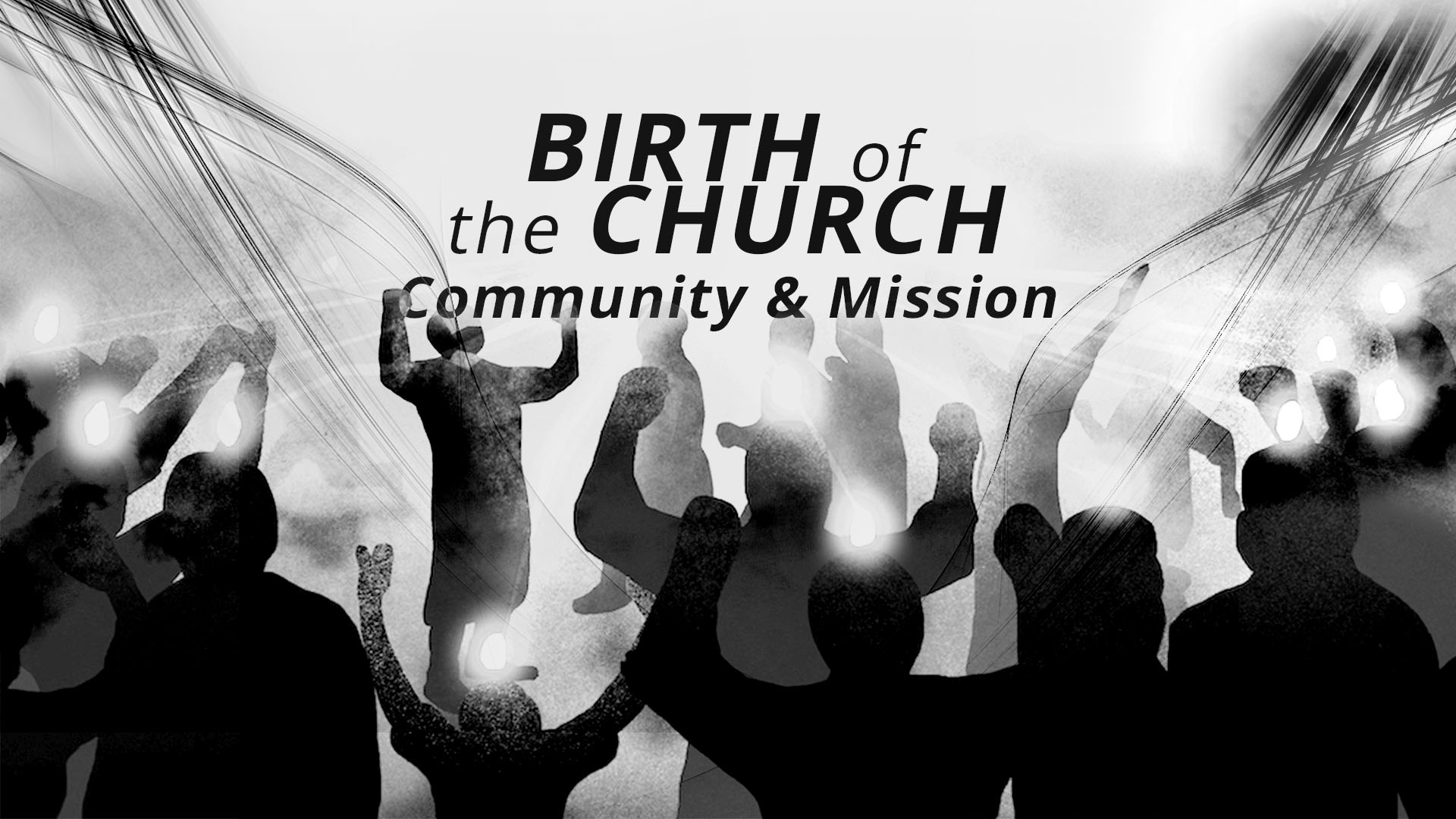
The Day of Pentecost in Acts 2 as the “birth of the Church.” This language ostensibly implies the start of something new. However, we should be cautious of such terminology lest we fall into the trap of “replacement theology.” The Pentecost event in Acts was not a replacement of Israel but rather the renewal of covenantal relationship and purpose with a radical expansion.
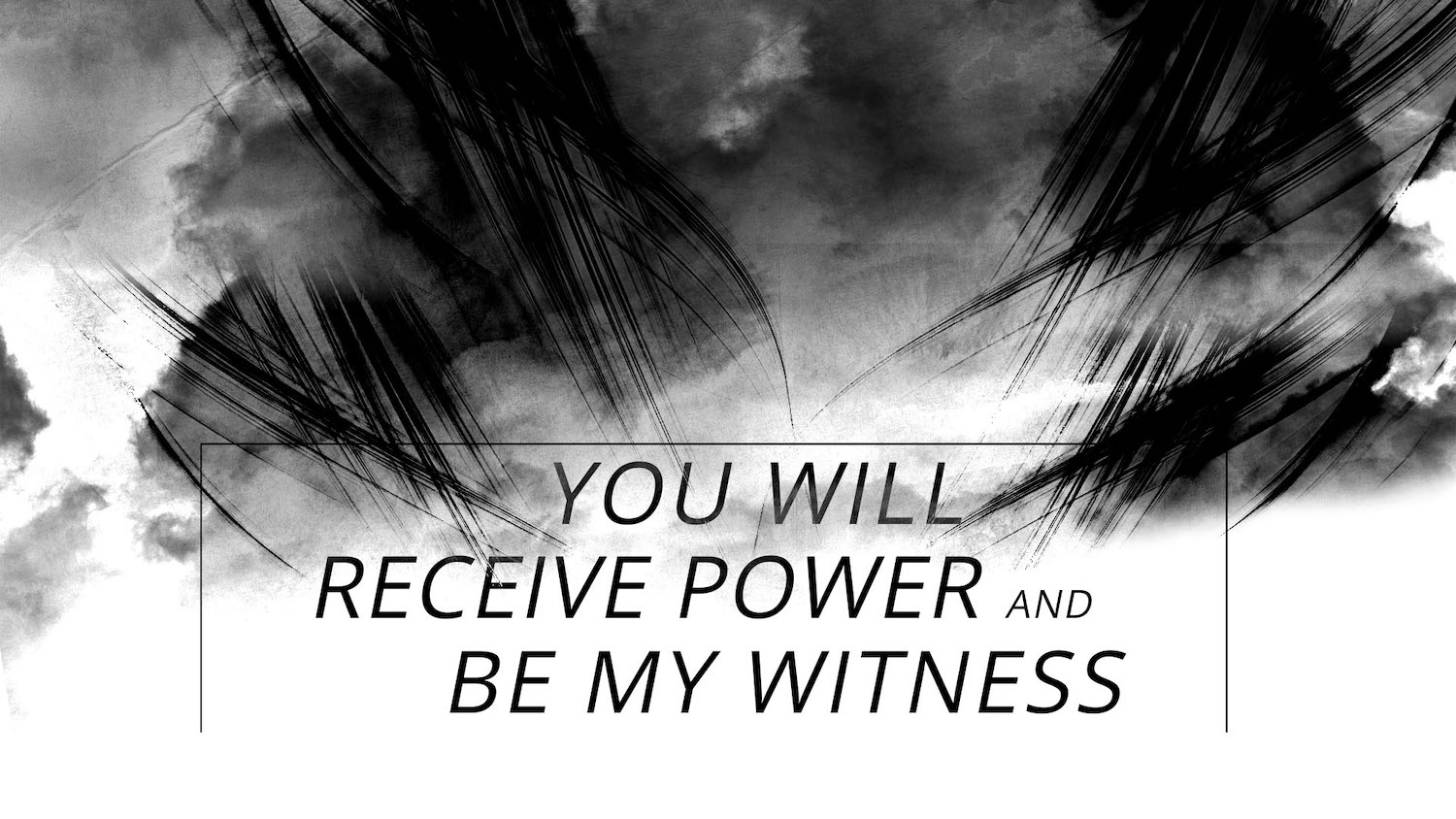
A Fire that Will Not Die “You will receive power… and you will be my witnesses…Acts 1:4,5,8 – The Resurrected Lord spent forty days with His disciples, preparing them to set the world on fire and carry out the Great Commission. However, He did not immediately send them out. Instead, He told them that they needed to wait and pray. While they knew the Father and spent years getting to know Yeshua, they would now need to receive and get to know the Ruach (the Hebrew word for “Spirit”).
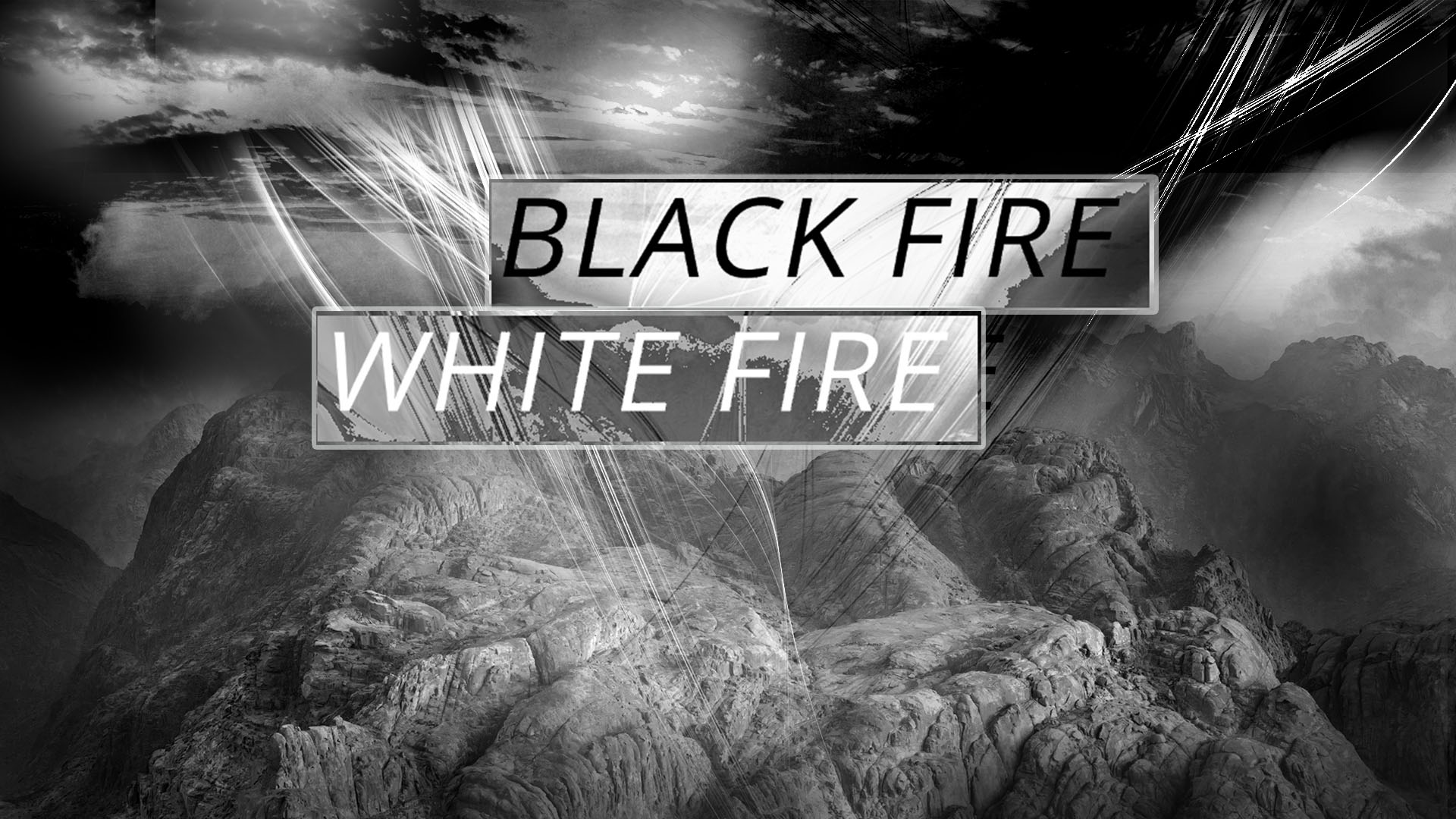
Shavuot / The Sinai event was several things wrapped in one; perhaps most significantly, the “Word became flesh and dwelt among us”. In recounting the giving of the Law at Pentecost, Moses said, “Adonai came from Sinai and dawned on Bnei-Yisrael from Seir. He shone forth from Mount Paran, and He came from the holy myriads— blazing fire for them from His right hand.” (Deuteronomy 33:2). Shavuot (the Feast of Weeks), also known as Pentecost, is the traditional Jewish celebration of the reception of the Torah. It occurs seven weeks or fifty days after the feast of Passover, hence its name (the Greek word Πεντηκοστή – Pentēkostē, meaning “fiftieth”)
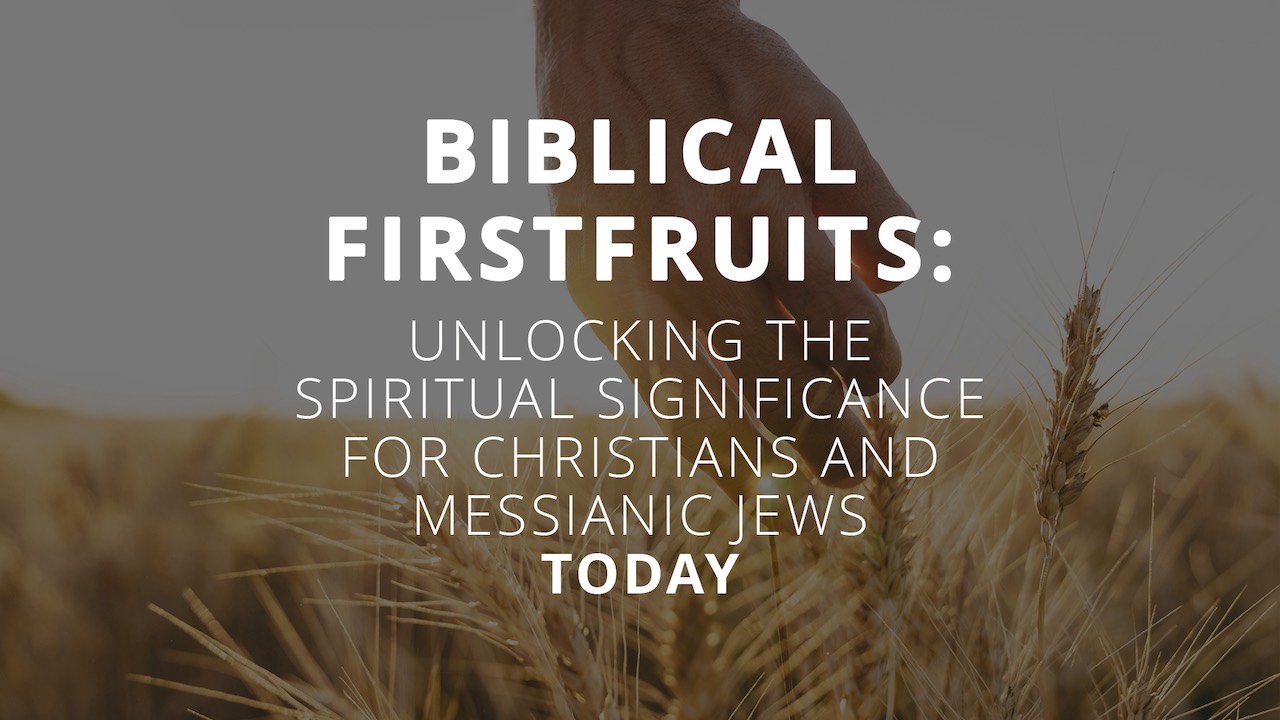
Firstfruits in the Bible holds significant spiritual and symbolic meaning for Followers of Yeshua – Jesus. The concept of firstfruits refers to the practice of dedicating the first and best portion of one’s harvest or income to God as an act of worship and gratitude. It is a way of acknowledging that all blessings come from God and expressing trust and reliance on His provision.
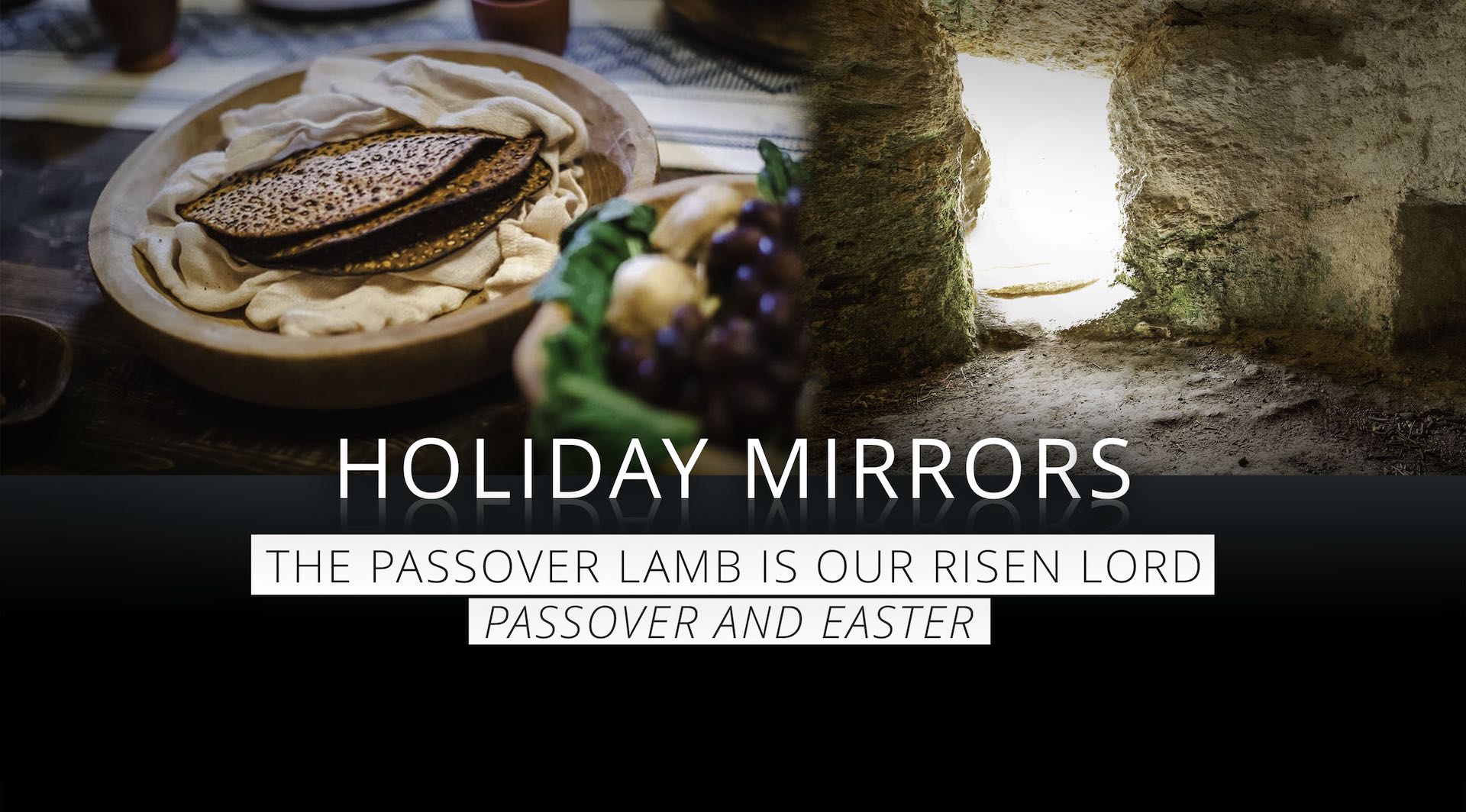
We see Passover’s “core purpose” in Exodus 13:8, “You are to tell your son on that day saying, ‘It is because of what Adonai did for me when I came out of Egypt.'” In a previous “Holiday Mirrors” article, we briefly discussed how communal storytelling finds its zenith in Passover. We can say the same regarding the traditional liturgies of Easter (and the lead-up to it).
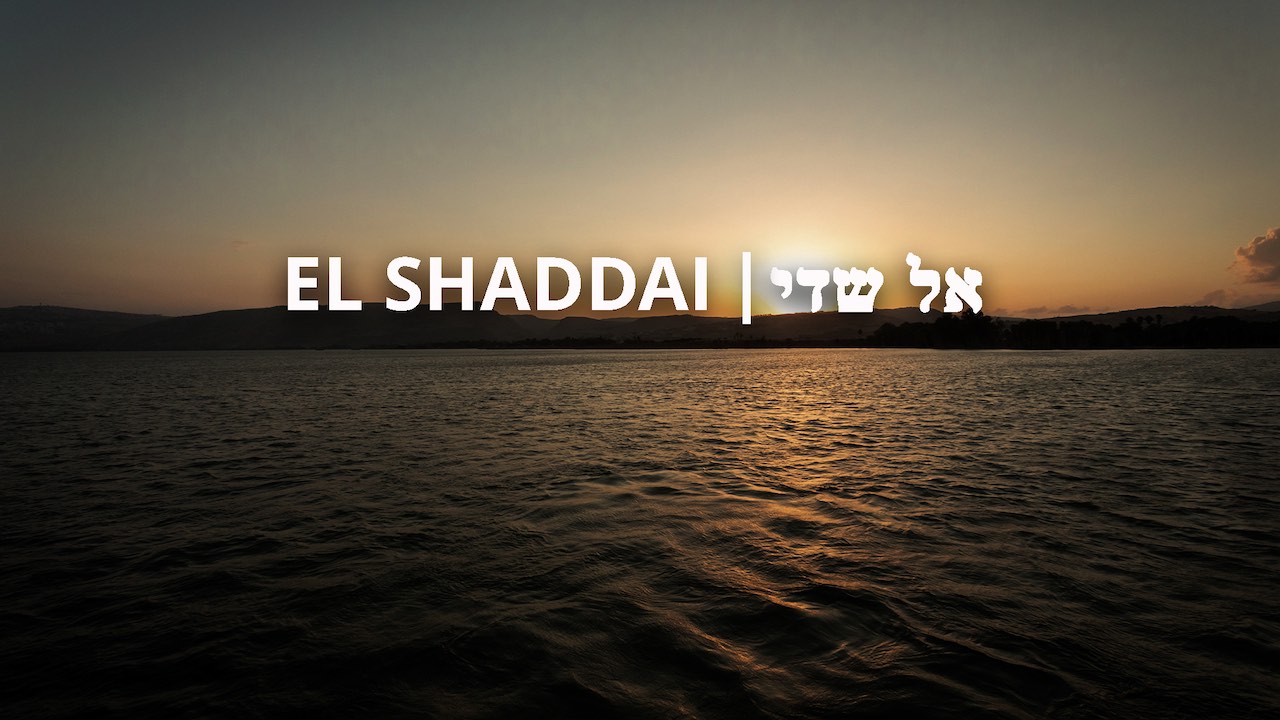
El Shaddai appears in the Bible seven times, or as just Shaddai an additional forty-one times. English translators typically (and conveniently) render El Shaddai as “God Almighty.” Its meaning is murkier and will require some verbal archaeology to uncover. Moreover, it is one of the few biblical names of God that is virtually absent from the Jewish liturgy, only finding its place when we read Psalm 91:1 in the evening service, “He who dwells in the shelter of Elyon, will abide in the shadow of Shaddai.”
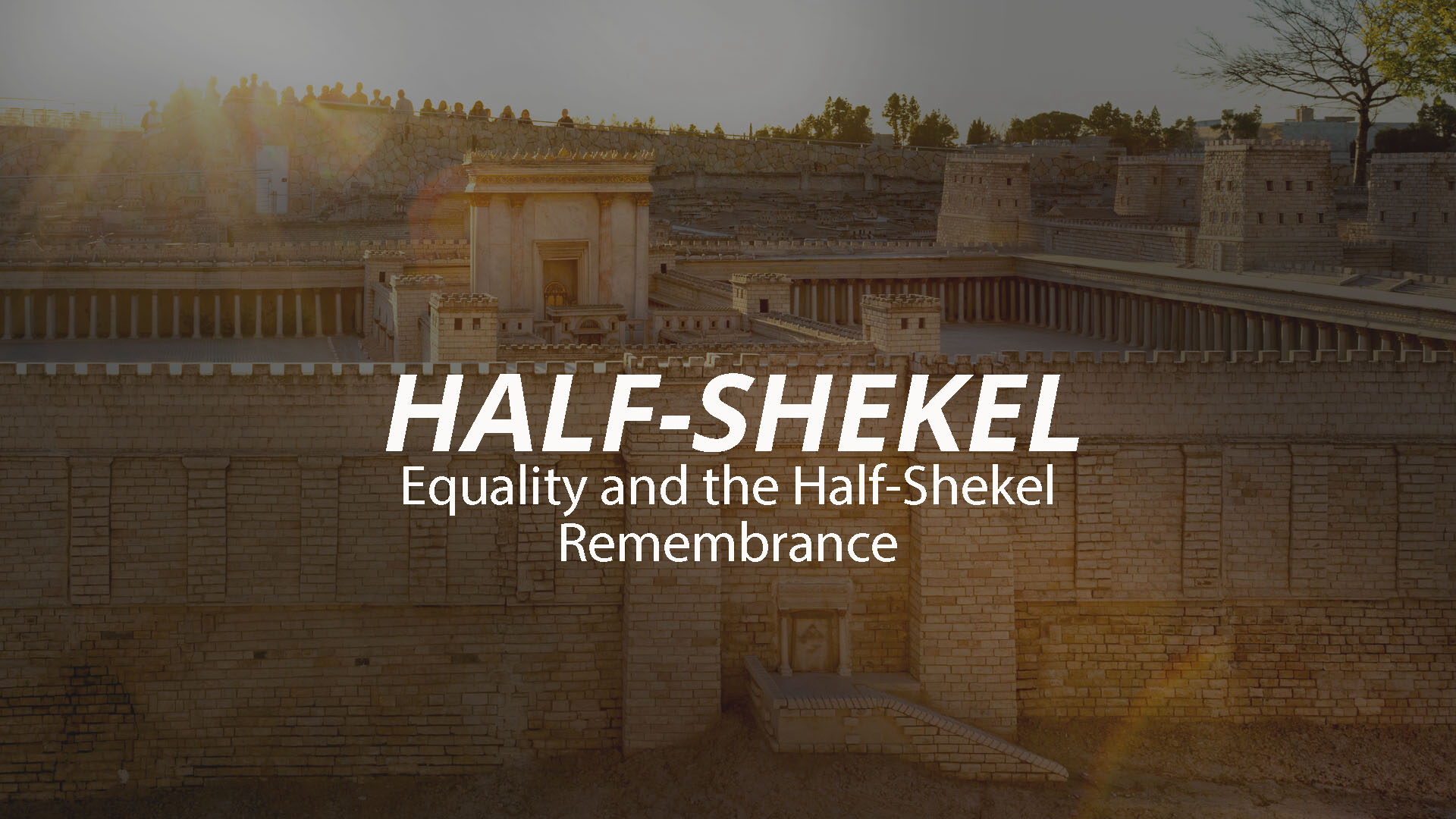
We should also keep in mind that the half-shekel tax funded the operation of the Tabernacle/Temple. As to the value of each individual—existentially and liturgically (i.e., pertaining to the significance of their worship)—each Israelite was equal. There were no spiritual giants or supermen whose worship and prayer were more valuable. Neither were there spiritual infants whose spiritual service was worth less.











